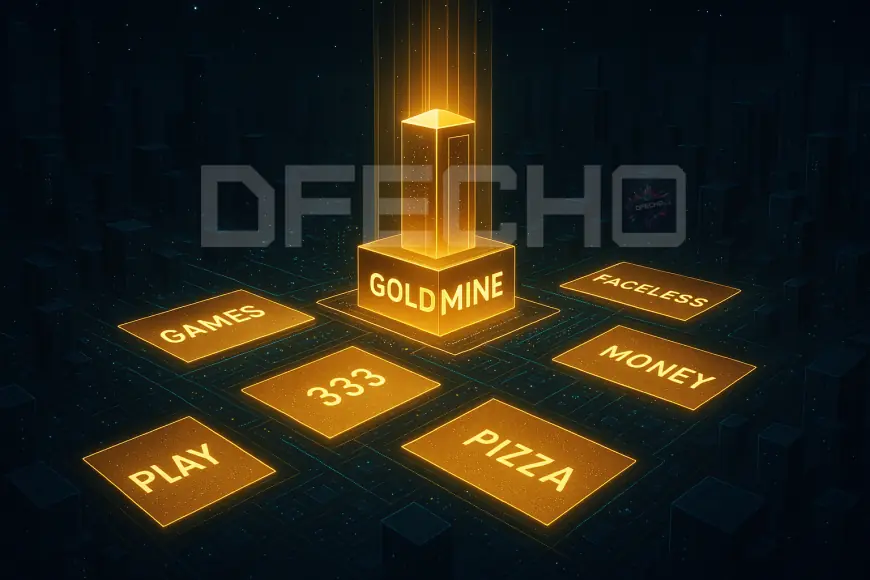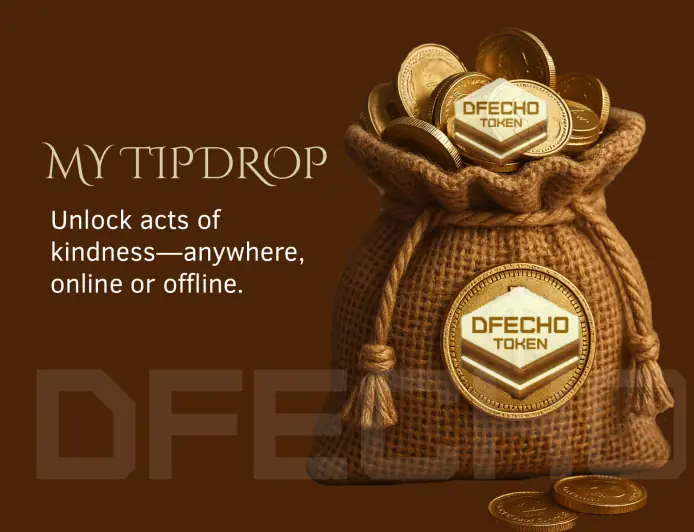A Deep Dive into Seaweed: The Ocean’s Green Gold
Explore how seaweed—nature’s oceanic treasure—is shaping the future of food, climate, tech, and farming toward a more sustainable, resilient world.

Seaweed has swayed beneath the waves for billions of years, quietly shaping marine ecosystems while nourishing cultures around the world. Today, this ancient algae is stepping into the global spotlight—not just as a sustainable food, but as a powerhouse of innovation, climate resilience, and economic and business opportunity. Let’s dive into this remarkable oceanic treasure, whose almost magical properties mark it as one of nature’s most extraordinary gifts to humankind.
What Is Seaweed, Really?
Seaweed isn’t one single plant—it’s a diverse group of macroalgae that grows in saltwater and freshwater environments. It comes in three main types:
- Green algae (Chlorophyta)
- Brown algae (Phaeophyta)—like kelp
- Red algae (Rhodophyta)—used in foods like nori and agar
Unlike terrestrial plants, seaweed grows faster, it doesn’t need soil, freshwater, or synthetic fertilizer. Instead, it absorbs nutrients directly from seawater, making it a low-impact, high-potential crop.
The Science Behind the Superplant
- Seaweed is biologically brilliant:
Photosynthesis powerhouse: Some species capture up to 20x more CO₂ per acre than forests - Nutrient absorption: Helps clean polluted waters by absorbing nitrogen, phosphorus, and heavy metals
- Fast-growing: Kelp can grow up to 60 cm (2 feet) per day, making it one of the fastest-growing organisms on Earth
Seaweed on the Plate
It’s not just a sushi wrap:
- Wakame: Mild and mineral-rich, often in soups
- Kombu: Adds umami depth to broths like dashi
- Dulse & Irish Moss: Used in snacks, smoothies, and even as vegan bacon alternatives
Beyond its flavor, seaweed is prized for:
- Iodine (thyroid health)
- Antioxidants and fiber
- Plant-based protein and omega-3s
Tech at Sea: The Innovation Wave
Seaweed is going high-tech with breakthroughs that span:
- Bioplastics: Packaging from startups like Notpla is biodegradable and edible.
- Biofuels: Seaweed-derived ethanol may fuel a greener future.
- AI & Biorefineries: Used to isolate compounds for pharmaceuticals, skincare, and food enhancement.
One standout example is North Sea Farm 1 in the Netherlands, where seaweed is farmed between offshore wind turbines—an ingenious use of space that helps combat CO₂ emissions while powering innovation.
Farming the Future
Popular Cultivation Methods:
| Method | Description | Best Regions |
|---|---|---|
| Long-line | Ropes suspended in open water | Asia, Europe |
| Raft-based | Floating rafts tied with seedlings | Southeast Asia, Africa |
| Off-bottom | Anchored in shallow seafloors | Zanzibar, Madagascar |
| IMTA | Grown with fish/shellfish to recycle waste | Norway, Canada |
Regional Highlights:
- Asia: Produces 97% of global supply; Indonesia and China lead the way
- Africa: Community-driven, empowering women and supporting livelihoods
- Europe: Innovation hubs in the Netherlands, Ireland, and Norway
- Americas: Expanding in Maine, Alaska, and Chile with tech-supported farms
A Tool for Planetary Healing
Seaweed addresses major global challenges:
- Climate Change: Acts as a carbon sink and reduces ocean acidification
- Food Security: A scalable, nutritious, and sustainable crop
- Marine Biodiversity: Provides habitat for fish, invertebrates, and other marine life
It’s also a driver of economic resilience—especially for smallholder farmers and coastal communities in the Global South.
What’s Next?
From lab-grown seaweed strains to satellite-monitored kelp forests, the seaweed industry is brimming with possibility. And with increasing investment, thoughtful policy, and global collaboration, it just might lead us into a greener, bluer, and more balanced future.
The New Wave of Seaweed Tech Innovation
Seaweed is no longer just a coastal crop—it’s at the heart of a blue tech revolution. Here’s how innovation is transforming the seaweed industry:
Smart Aquaculture & Automation
- IoT sensors monitor water quality, salinity, and nutrient levels in real time
- Drones and robotics are being used to automate seeding, harvesting, and maintenance
- AI-powered analytics help optimize yield and detect disease early
Biorefineries & Ingredient Discovery
- Seaweed is processed into bioactive compounds for use in food, pharma, and cosmetics
- AI is accelerating ingredient mapping, identifying new uses for seaweed extracts
- Biorefineries extract multiple products—like carrageenan, alginate, and proteins—from a single harvest
Circular Economy Applications
- Bioplastics: Startups like Notpla are creating seaweed-based packaging that’s biodegradable and even edible
- Biofuels: Seaweed-derived ethanol and methane are being explored as clean energy sources
- Construction: Seaweed is being tested in eco-friendly bricks and insulation materials
Global Investment & Growth
- The seaweed market is projected to reach $24.0 billion by 2028, growing at over 9% annually
- Countries like India and Australia are investing millions in seaweed R&D and farming infrastructure
How Seaweed Is Powering a Sustainable Revolution
Seaweed is emerging as a nature-based solution to some of the world’s most pressing challenges:
Environmental Impact
- Carbon Sequestration: Seaweed absorbs CO₂ at rates comparable to mangroves and seagrasses
- Ocean Restoration: Farms reduce acidification and provide habitat for marine life
- No Land or Freshwater Needed: Seaweed grows in saltwater, making it a low-impact crop
Food & Nutrition Security
- Seaweed can add 10% to the global food supply using just 0.03% of ocean surface
- It’s rich in iodine, fiber, protein, and omega-3s, making it a superfood for both humans and animals
Economic Empowerment
- Supports coastal livelihoods, especially in developing nations
- Women make up the majority of seaweed farmers in many regions, promoting gender equity
Alignment with Global Goals
- Seaweed contributes to 9 of the 17 UN Sustainable Development Goals, including climate action, zero hunger, and life below water
A Look at the Wide Array of Products Made from Seaweed
Seaweed’s versatility is astounding—it’s quietly present in many aspects of daily life:
Food & Culinary
- Nori, wakame, kombu: Sushi, soups, and broths
- Carrageenan & agar: Thickeners in ice cream, yogurt, and jellies
- Alginates: Used in salad dressings, sauces, and bakery items
Pharmaceuticals
- Wound dressings: Alginate-based bandages promote healing
- Drug delivery: Seaweed compounds help control medication release
- Cough syrups & antacids: Stabilized with carrageenan and alginates
Cosmetics & Personal Care
- Facial masks, creams, shampoos: Hydrating and anti-aging properties
- Toothpaste & shaving gel: Seaweed extracts act as stabilizers
Industrial & Scientific
- Agar plates: Used in microbiology labs
- Bioplastics: Seaweed-based packaging is biodegradable
- Textiles & paper: Alginates used in fiber production
Agriculture & Beyond
- Fertilizers: Seaweed meal enriches soil with trace minerals
- Animal feed: Boosts livestock nutrition and gut health
- Charcoal briquettes & fire retardants: Bound with seaweed-derived compounds
Seaweed’s Standout Projects Across Continents
From community farms to high-tech ventures, seaweed is making waves globally:
Netherlands – North Sea Farm 1
- First commercial seaweed farm between offshore wind turbines
- Backed by Amazon’s Climate Fund
- Aims to produce 6,000 kg of seaweed in its first year
Zanzibar – Youth-Led Cooperatives
- Empowering young entrepreneurs through seaweed farming
- Products include skincare and wellness items
- Supports local economies and gender equity
Madagascar – Ocean Farmers
- Cultivates red seaweed (Cottonii) for export
- Trains communities in eco-friendly farming
- Boosts marine conservation and income generation
South Korea – Gim Industry
- Decades of government support for nori farming
- Global leader in seaweed exports
- Highly optimized, tech-driven supply chain
Norway – Eco Startups
- Cold-water kelp farms producing for food, packaging, and biofuel
- Focus on carbon capture and circular economy
- Strong partnerships with universities and biotech firms.
Reward this post with your reaction or TipDrop:
 Like
0
Like
0
 Dislike
0
Dislike
0
 Love
0
Love
0
 Funny
0
Funny
0
 Angry
0
Angry
0
 Sad
0
Sad
0
 TipDrop
0
TipDrop
0













